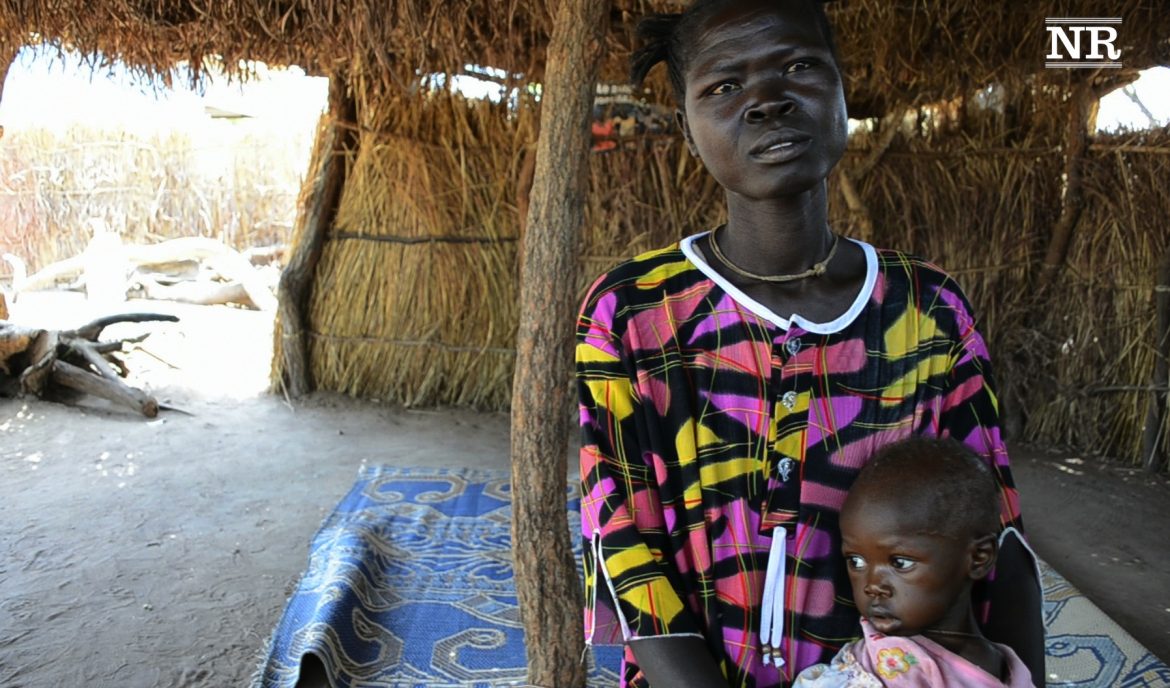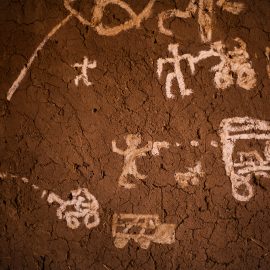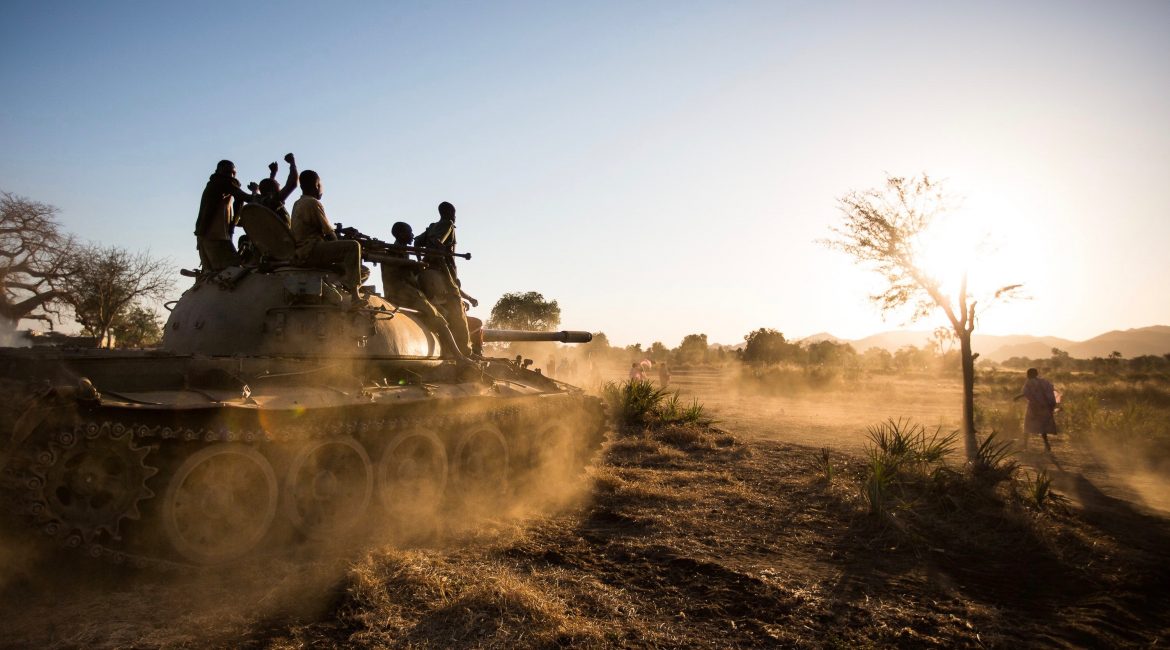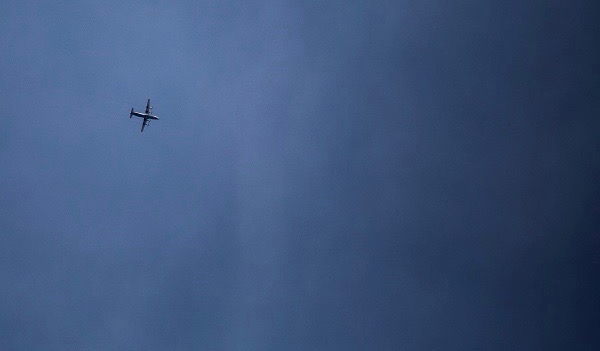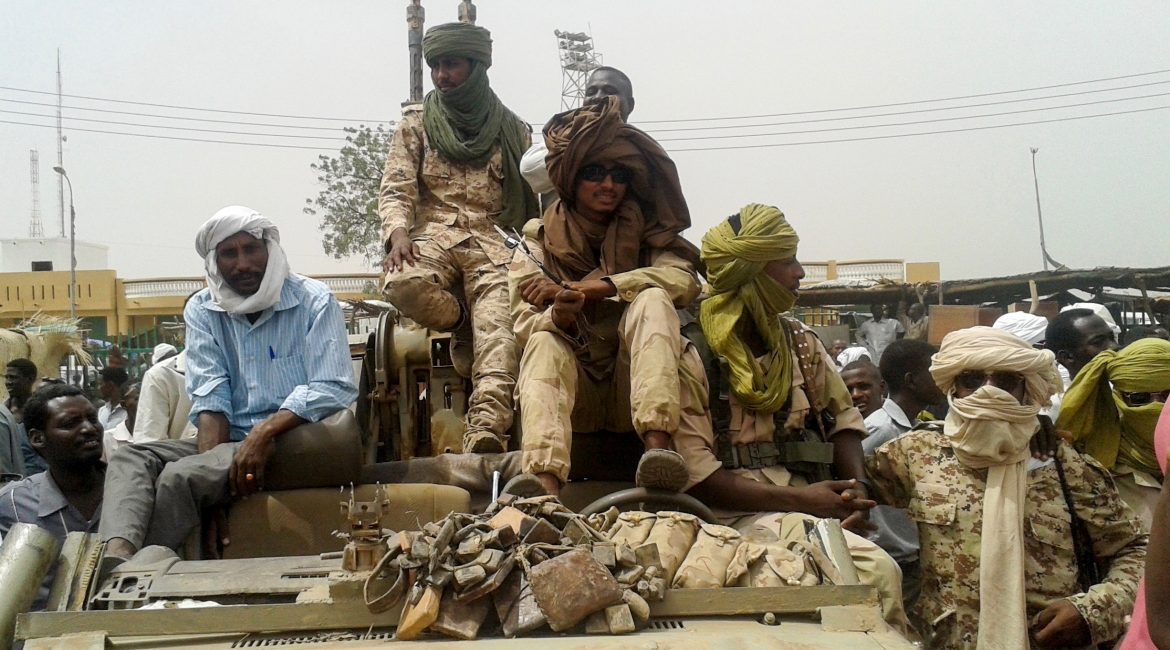Since July 2011, more than thirty thousand refugees from Southern Kordofan have walked the twenty miles from Sudan to South Sudan to reach the Yida refugee camp.
Ground fighting between the Sudan Armed Forces and the Sudan People’s Liberation Movement – North (SPLM-N) combined with almost daily aerial bombardment by the Sudanese government have forced thousands of other civilians to hide in the caves of the Nuba Mountains.
In the past month, Yida rescue workers have seen the highest number of daily arrivals since the camp opened. The camp now receives between six hundred and seven hundred refugees each day. Rescue workers are also witnessing the highest number of malnourished cases. Food has completely run out in many villages. Families living in the war zone must decide between remaining behind to plant crops for the rainy season or leaving their homes for the long journey to Yida. Many refugees, especially children, are not surviving the trip.
Halima Kuku carried her malnourished daughter, Tabitha, as she made the four-day walk from her village, Famma, to Yida. Halima described the situation in her village: “There is destruction. People were hiding in caves. When the people would fight and leave then we would come out of the caves to look for food to give to our children.” By “food” Halima meant leaves, roots, and tree sap. The sap is eaten raw but the leaves and roots must be boiled for hours before eating.
Halima decided to walk to Yida because she could see no other option for survival. This is the case for much of the population in Halima’s village, and most of them have made the same treacherous journey for food and a bed.

